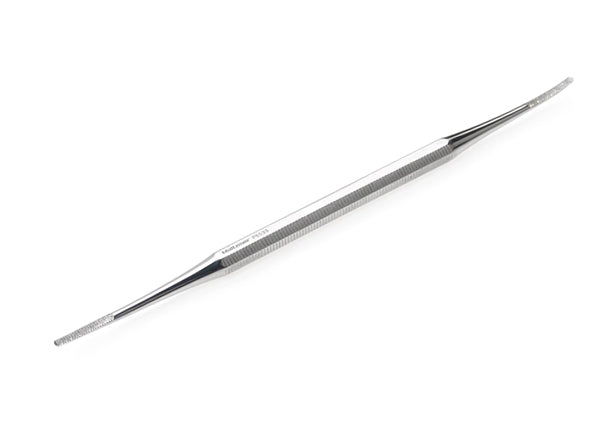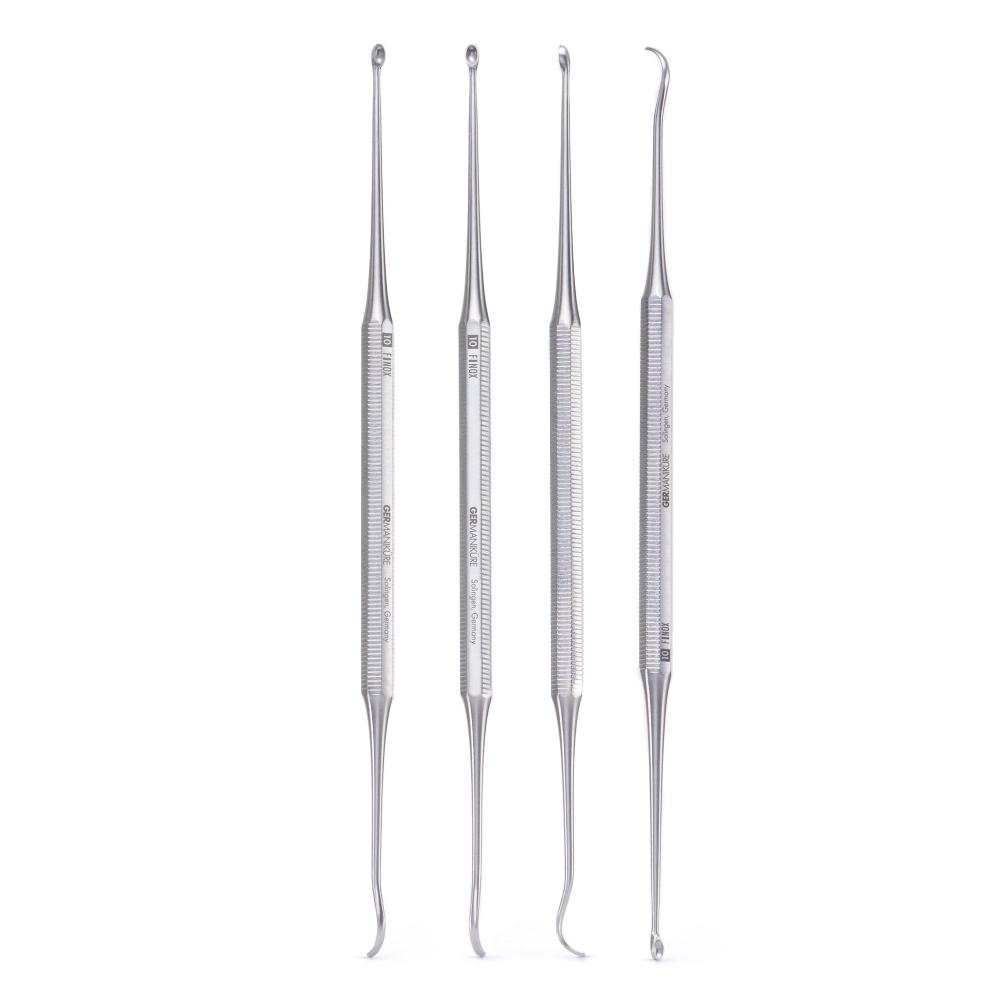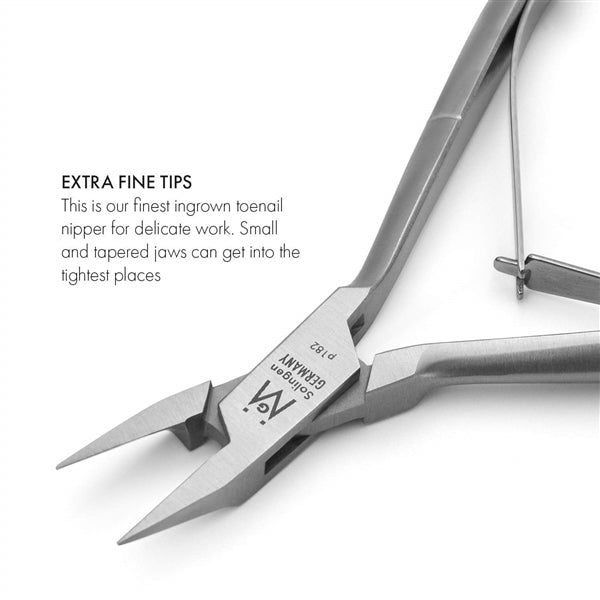Prevent Ingrown Toenails – Top Mistakes to Avoid When Trimming Nails
Imagine a discomfort that stubbornly persists, impossible to ignore—a toenail's sharp edge digging into the tender flesh that surrounds it. An ingrown toenail has the power to transform your beloved shoes into instruments of discomfort, rendering each step a painful ordeal. And beware, for the repercussions may extend beyond mere discomfort. Should infection take hold, a far greater predicament awaits you.
Thankfully, a simple yet powerful solution lies within your grasp—to learn the art of how to trim toenails to prevent ingrown. In doing so, you can reduce the risk and bid farewell to the woes of ingrown toenails.
Continue reading this piece to discover how to prevent ingrown toenails when you're clipping them.
Top Toenail-Clipping Mistakes and How to Avoid Them
Here are some common mistakes people make when trimming their toenails and tips on avoiding them.
1. Clipping Wet Nails
It may be tempting to not cut your nails until after you get out of the bath or shower because they will be softer. The problem is that cutting your nails exposes you to the risk of injury because they are likely to bend or tear.
To ensure a clean cut, only trim your toenails when dry unless they are particularly thick but soften in the bath.
2. Curving the Nail Edges
Some people believe that rounding the edges of the nail makes it more attractive or prevents damage, but doing so increases your risk of developing ingrown toenails. Cut your toenails straight across instead, preferably twice.
To create a straight edge, make the first cut with the clippers just off the side of the nail. Following that line, all the way to the other side, make the second. Simply filing the top of the toenail to prevent ingrown toenails works like magic! So, find a quality ingrown toenail file and lifter for the job!
 |
 |
3. Trimming Cuticles
Although you might believe that trimming or pushing back the cuticles will make the nail appear more attractive, doing so is bad for the health of your feet. Because the cuticles serve as a barrier between the body and the nail root, cutting or trimming them makes it simpler for bacteria and fungi to enter and spread infection. It may take a while for nail infections to disappear.
4. Using the Wrong Tool
Regular cutting scissors or knives will not do the job properly on your nails, and you risk cutting yourself.
The proper implements are manicure scissors or specific nail clippers. You should have two pairs: one for your fingers and the other for your toes, which have wider, thicker nails.
Additionally, using different clippers lessens the possibility of bacterial or fungal contamination between your hands and feet.
Cutting Toenails to Prevent Ingrown
The best way to prevent ingrown toenails is to learn to cut them properly. Various methods exist for cutting your nails; you may want to trim more often if you prefer open-toed footwear. When determining how frequently to cut, it is crucial to consider your lifestyle.
Here are some tips to help you keep an ingrown nail at bay.
Cut Straight Across: Although a slight curve across your toenail is normal, it should not be as pronounced as your toe's natural rounding. Instead of trimming your big toe with a single clip, aim for a flatter profile across your big toe by making several small cuts.
Do Not Cut Too Short: If you trim your toenails too short, they might need to grow past delicate flesh. To naturally protect your toes and prevent ingrown nails, there should be some overhang past where your nail attaches.
Use Toenail Clippers: Your big toenail cannot be cut with your fingernail clippers because the short radius of the blades is too aggressive for the thicker nails on your feet. Make sure to only use high-quality toenail clippers for ingrown toenails. If cheap nail clippers cause ingrown nails, they are useless.

Ingrown Toenail Self-Care
You may wonder how to take care of an ingrown toenail. The good news is ingrown toenails can occasionally be treated at home. Try letting the nail grow out if your ingrown toenail does not exhibit any of the symptoms of infection, such as swelling, heat to the touch, oozing, or a bad odor.
Soak and Wait: Apply an antibiotic ointment and bandage the area after soaking in warm Epsom salt water.
Remove it: First, soak your feet in a warm Epsom salt bath. This lessens inflammation and softens the skin. You can attempt to clip the affected area with clean nail-cutting implements and then apply antibiotic ointment.
Wear Comfortable Shoes. Opt for shoes that provide enough room for your toes to move freely. Avoid tight-fitting shoes or high heels that can put pressure on the toes. If necessary, choose open-toed shoes or sandals until your ingrown toenail heals.
Ingrown toenails can be a painful and bothersome condition, but with proper self-care, you can alleviate discomfort and promote healing. Remember to maintain good foot hygiene, follow appropriate nail trimming techniques, and utilize home remedies such as soaking, warm compresses, and topical treatments. If symptoms worsen or persist, consult a healthcare professional for further evaluation and treatment options.
Leave a comment